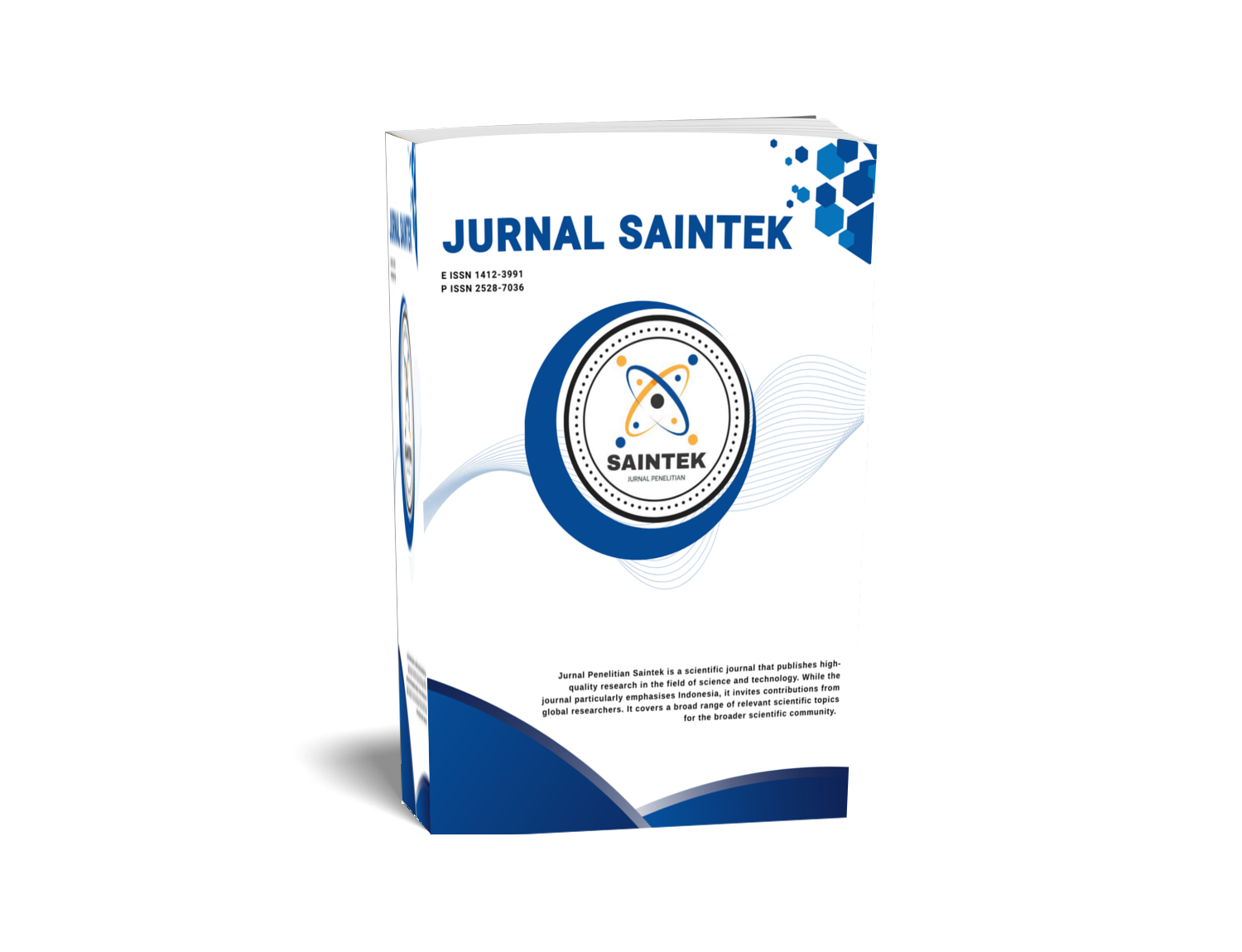Energy profile and improvement proposal of a sawdust charcoal briquette factory
DOI:
https://doi.org/10.21831/jps.v1i1.48513Keywords:
energy consumption, energy efficiency, thermal distribution, thermal comfort, energy conservationAbstract
References
Adegoke, C. O., & Mohammed, T. I. (2002). Investigation of sawdust briquettes as high grade fuel. West Indian Journal of Engineering, 25(1), 1-8.
Akogun, O. A., Waheed, M. A., Ismaila, S. O., & Dairo, O. U. (2020). Physical and combustion indices of thermally treated cornhusk and sawdust briquettes for heating applications in Nigeria. Journal of Natural Fibers, 19(4), 1201-1216.
Akowuah, J. O., Kemausuor, F., & Mitchual, S. J. (2012). Physico-chemical characteristics and market potential of sawdust charcoal briquette. International Journal of Energy and Environmental Engineering, 3:20.
Antwi-Bosiako, C., & Acheampong, B. B. (2016). Strength properties and calorific values of sawdust-briquettes as wood-residue energy generation source from tropical hardwoods of different densities. Biomass and Bioenergy, 85, 144-152.
Gentil, L. V., & Vale, A. T. (2015). Energy balance and efficiency in wood sawdust briquettes production. FLORESTA Curitiba PR, 45(2), 281-288.
Gí¼nther, B., Gebauer, K., Barkowski, R., Rosenthal, M., & Bues, C-T. (2012). Calorific value of selected wood species and wood products. Eur. J. Wood Prod. 70, 755–757.
Kluczek, A., & Olszewski, P. (2017). Energy audits in industrial processes. Journal of Cleaner Production, 142, 3437-3453.
Kylili, A., Fokaides, P. A., Christou, P., & Kalogirou, S. A. (2014). Infrared thermography (IRT) applications for building diagnostics: A review. Applied Energy, 134, 531-549.
Lucchi, E. (2018). Applications of the infrared thermography in the energy audit of buildings: A review. Renewable and Sustainable Energy Reviews, 82, 3077-3090.
Primadita, D. S., Kumara, I. N. S., & Ariastina, W. G. (2020). A review on biomass for electricity generation in Indonesia. Journal of Electrical, Electronics, and Informatics, 4(1), 4.
Rahmatullah, A. (2014). Kadar zat ekstraktif dan nilai kalor kayu yang berbeda kerapatan (Bachelor thesis). Institut Pertanian Bogor, Bogor, Indonesia.
Rajaseenivasan, T., Srinivasan, V., Qadir, G. S. M., & Srithar, K. (2016). An investigation on the performance of sawdust briquette blending with neem powder. Alexandria Engineering Journal, 55, 2833-2828.
Rotich, P. K. (1998). Carbonization and briquetting of sawdust for use in domestic cookers (Doctoral dissertation). Faculty of Engineering, University of Nairobi.
Sanchez, E. A., Pasache, M. B., & Garcia, M. E. (2014). Development of briquettes from waste wood (sawdust) for use in low-income households in Piura, Peru. Proceedings of the World Congress on Engineering 2014, 2, 2-4.
Simangunsong, B. C. H., Sitanggang, V. J., Manurung, E. G. T., Moore, G. A., Aye, L., & Tambunan, A. H. (2017) Potential forest biomass resource as feedstock for bioenergy and its economic value in Indonesia. Forest Policy and Economics, 81, 10-17.
Downloads
Published
How to Cite
Issue
Section
Citation Check
License
Who Can Submit?
Any individual may submit an original manuscript for consideration for publication in Jurnal Penelitian Saintek as long as they hold the copyright to the work or are authorized by the copyright owner(s) to submit it. Authors retain initial ownership of the copyrights to their works prior to publication, except in cases where, as a condition of employment, they have agreed to transfer copyright to their employer.
User Rights
Jurnal Penelitian Saintek is an Open Access journal. Users are granted the right to read, download, copy, distribute, print, search, or link to the full texts of articles, provided they comply with the conditions of the Creative Commons Attribution-ShareAlike License 4.0 (CC BY-SA 4.0).
https://creativecommons.org/licenses/by-sa/4.0/
Author Rights
Authors retains copyrights.
Jurnal Penelitian Saintek by http://journal.uny.ac.id/index.php/saintek is licensed under a Creative Commons Attribution-ShareAlike 4.0 International License.









